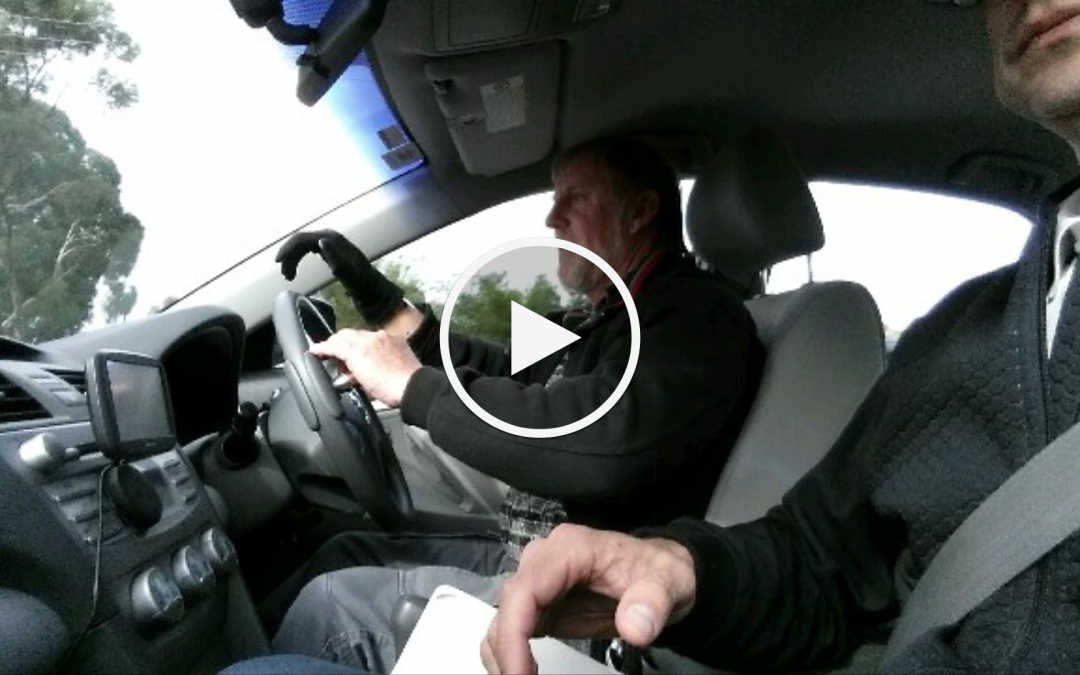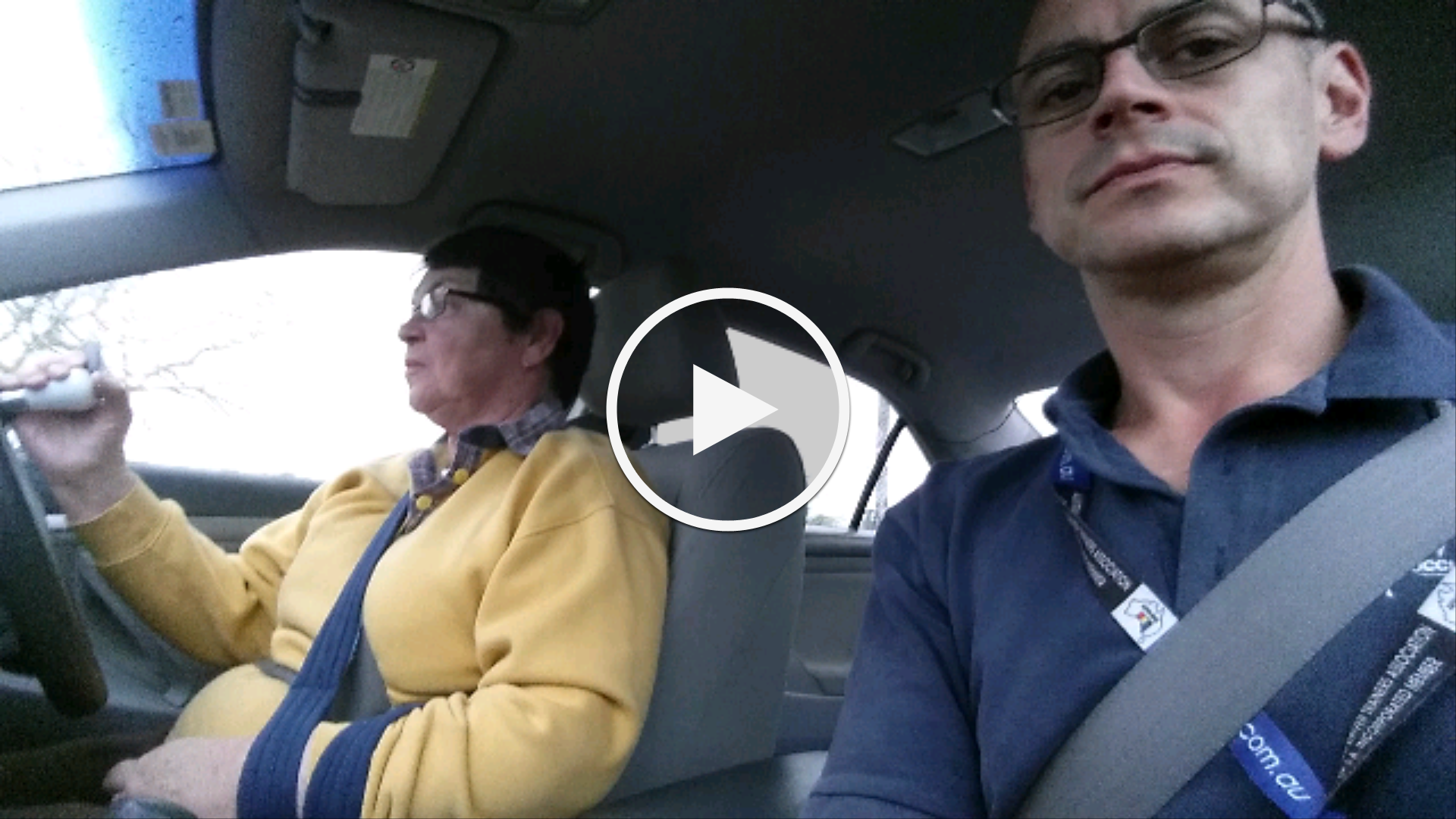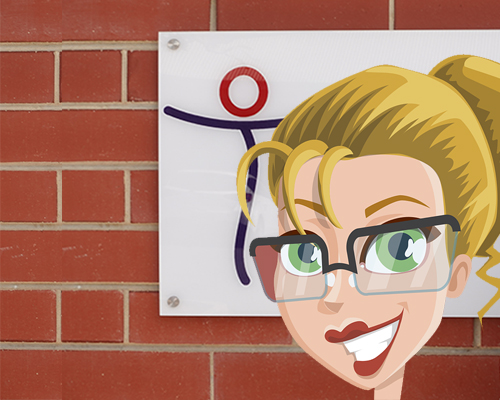Is it possible to drive a car with a prosthetic arm?
Recently at Williams Occupational Therapy we have seen an increase in referrals from doctors and case managers asking if their clients can drive a motor vehicle with a prosthetic upper limb (arm/hand).
Williams OT is frequently assiting clients who have had a stroke, or similar, return to driving. Such drivers commonly have no functional use of their upper limb. Check out this video of Edna who demonstrates cornering with an electronic spinner knob to compensate.
However, what happens if you have an amputation to part of your arm and you receive a prosthetic limb to help recoup some of your lost function?
Can an “i-limb” with electronic mio stimulation movement of a prosthetic hand be used for driving and steering a vehicle?
As always, it depends on the functional ability of the client and their successful use of a such a limb. But if the client has mastered the open and shutting aspects of a cylindrical grip, they can make the hand open quickly, and it is reliable, then driving with the limb may be plausible for the following driving functions:
- Stabilise the steering wheel to reduce the load on the remaining, non-injured arm.
- Use the prosthetic to hold the wheel on straight roads to release the remaining hand to adjust secondary controls such as the indicator or windscreen wipers, or even change the radio or airconditioning (this is a very high level skill)
- Use the prosthetic to potentially stabilise the steering wheel and use the remaining hand to change gears (this takes a lot of practice and rehab to get the timing right)
- Use the prosthetic to grip and steer a spinner knob. (Usually the open and shut mechanisms of the prosthetic hand is not quick enough for use in full steering and the type of spinner knob may need to be considered)
- Use the prosthetic to scratch an itch or even to just gove a friendly wave to a passing driver. (It is amazing how many of our drivers find these functions to be so important, especially waving in country Australia)
The law in South Australia suggests a driver needs to have at least one hand gripping the steering wheel at all times. Sound use of an electonic mio prosthetic hand can definitely help.
Check out Tom as he demonstrates some.of these skills here.
He shows advanced skills here indicating around a roundabout.
If you have a client with a prosthetic upper limb or you are someone with such a device and you want to know how Williams Occupational Therapy could help you with driving, give us a call on 0466 529 891, or write us an email at admin@williamsot.com
If you would like to recieve more stories like these straight to your inbox, make sure you fill in your details over on the right.






